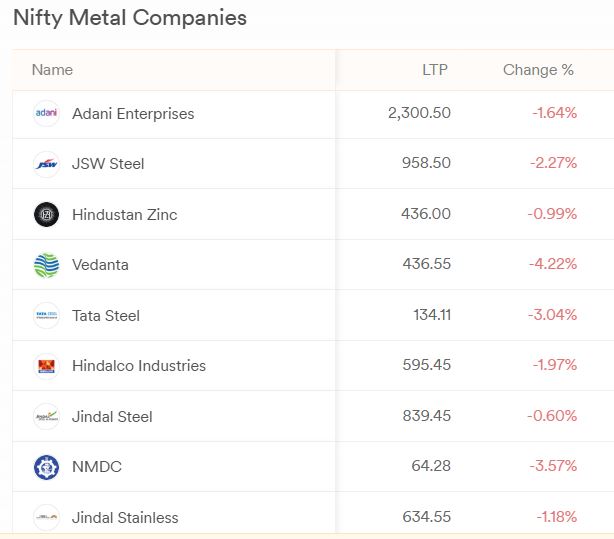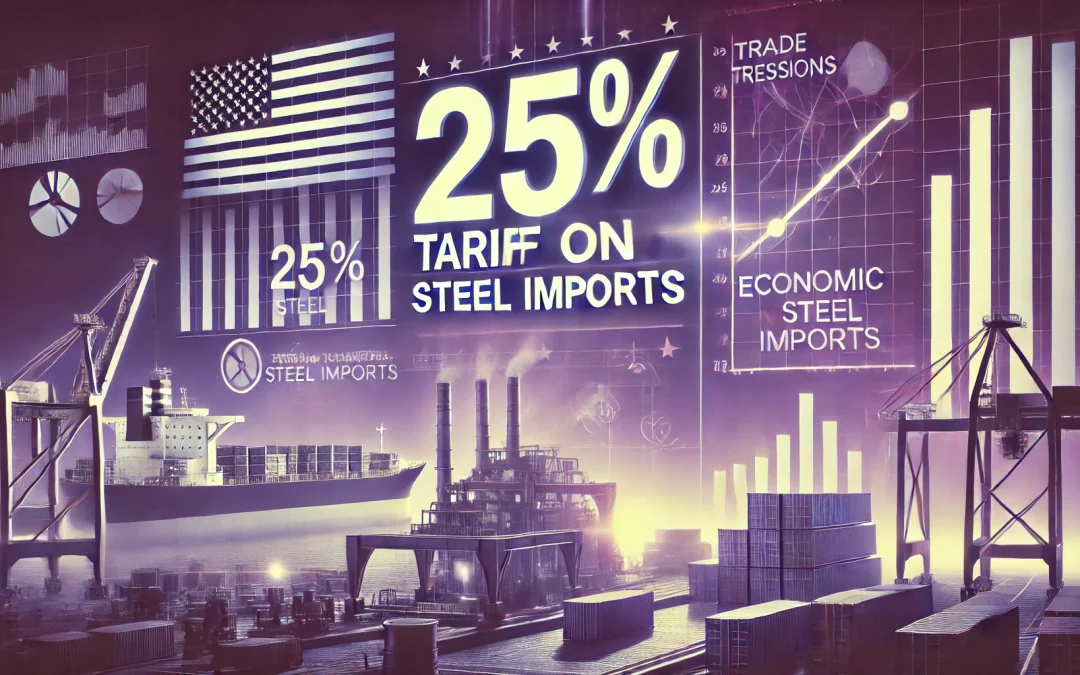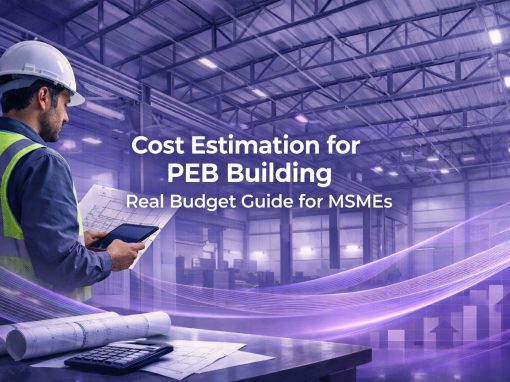Update on (19 March 2025): India’s Commerce Ministry has proposed a 12% safeguard duty on non-alloy and alloy steel flat products for 200 days to protect the domestic steel industry from a surge in imports. This follows a petition by the Indian Steel Association (ISA), highlighting the threat to local manufacturers.
Update (11 March 2025): India implements a 15% safeguard duty on steel imports, primarily from China to protect the domestic steel industry, let’s explore about it – Why India’s 15% Steel Duty? Import Statistics, Economic Impact & Analysis
More detailed on the latest updates – Steel export and import – Latest updates
——————————
Trump’s 25% Tariff on Steel Decision Sends Shockwaves Through Indian Steel Industry, Causing Crisis
U.S. President Donald Trump’s 25% Tariff on Steel and aluminum has left the global metal industry reeling. India’s steel and aluminum industries are experiencing immediate difficulties because of this protectionist policy, which is intended to safeguard American producers from international competition. This has caused a panic in the market.
Stock Market Plunge: Indian Metal Stocks React
As soon as the tariff news made headlines worldwide, Indian metal stocks started to decline. While the Nifty Metal index fell 3%, the share prices of major businesses like Tata Steel and JSW Steel fell 4%. Concerned about a steep drop in export demand, investors rushed to sell off stocks, which had a domino effect on the market.

as on 10 Feb 2025 (3PM)
Financial analysts claim that worries about the higher cost of exports to the United States reducing the competitiveness of Indian steel and aluminum products are motivating this response, which in turn will shrink the income streams for these businesses.
A Repeat of 2018? Concerns Over Cheap Metal Flooding Indian Markets
Beyond the immediate stock market impact, India’s steel manufacturers fear a broader challenge—an influx of redirected global steel. In 2018, when the U.S. last imposed such tariffs, countries exporting steel to the U.S. were forced to seek alternative markets, flooding India with excess supply. This led to price drops and significant losses for domestic producers.
With history threatening to repeat itself, Indian steel manufacturers are pressing the government for protective measures. Industry leaders are urging authorities to consider anti-dumping duties and trade barriers to prevent another market glut.
Rupee Under Pressure: Currency Market Reacts
Analysts anticipate that Trump’s tariff decision will negatively impact the Indian rupee. Due to the unfavorable reaction of emerging markets, they expect the rupee to open weaker and drop near its previous low of 87.5825 against the US dollar.
As investors reevaluate their international trading strategy, currency analysts forecast volatility in the upcoming weeks.
Will the Government Take Countermeasures?
Indian officials have had to make tough choices because of these tendencies. According to reports, the Commerce Ministry is considering levying counter-tariffs on U.S. imports, which are like those levied by Canada and the European Union in previous trade disputes. To obtain exemptions or lower fees, India can try to bargain with US authorities.
Trade specialists believe India’s response will largely determine the long-term effects of these tariffs. If the plan continues, it may reduce export earnings, increase unemployment in the steel industry, and slow down overall industrial growth.
Global ripple effect: Is this the beginning of a trade war?
Trump’s most recent action has sparked worries about rising trade tensions around the world. Canada, Mexico, Brazil, and South Korea are among the major exporters to the United States that are considering their options. A possible trade war has already been started in motion by the European Union’s suggestion of retaliatory tariffs.
The stakes are huge for India. India could have to reconsider its export policies and boost domestic consumption to offset the decline in global demand if the United States keeps taking this protectionist tack.
Conclusion
India’s metal industry needs to prepare for volatility as uncertainty looms. Long-term tactics including supply-chain modifications, government intervention, and trade diversification may assist lessen the impact of the market’s immediate unfavorable reaction. The events of the next several weeks will greatly influence how India reacts to Trump’s tariffs and the future course of its steel and aluminum trade.
Industry executives, decision-makers, and investors will all be keenly monitoring events in Washington as the world’s markets continue to respond, hoping for stability and clarity in an increasingly uncertain trade environment.
FAQs
Why has Trump imposed a 25% tariff on steel and aluminum imports?
How will Trump’s tariffs affect India’s steel and aluminum exports?
Why are Indian metal stocks crashing after the tariff announcement?
Could India face an oversupply crisis due to these tariffs?
A product manager with a writer's heart, Anirban leverages his 6 years of experience to empower MSMEs in the business and technology sectors. His time at Tata nexarc honed his skills in crafting informative content tailored to MSME needs. Whether wielding words for business or developing innovative products for both Tata Nexarc and MSMEs, his passion for clear communication and a deep understanding of their challenges shine through.





